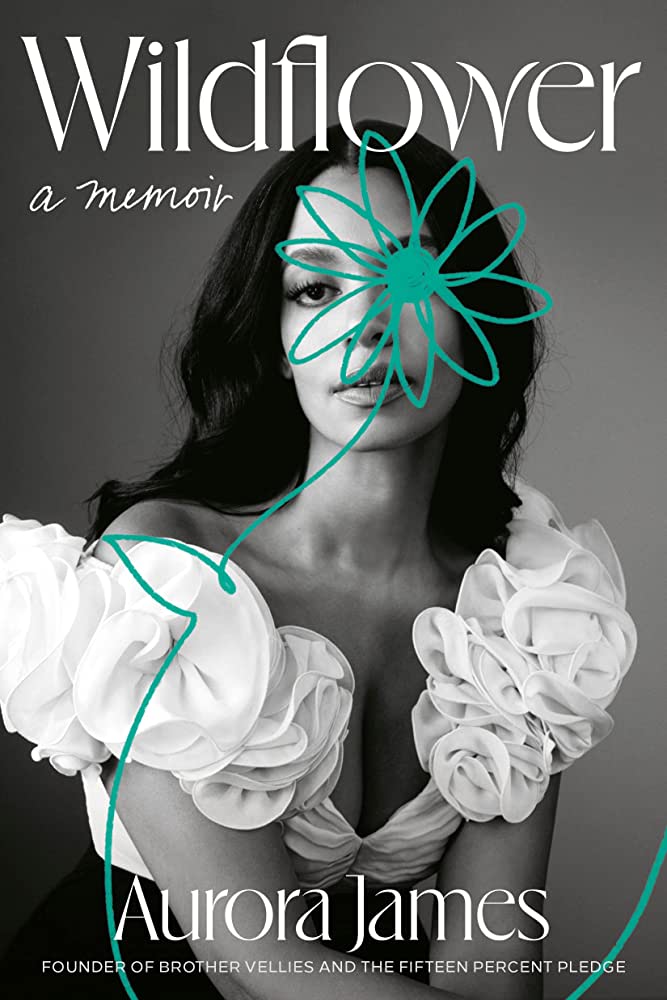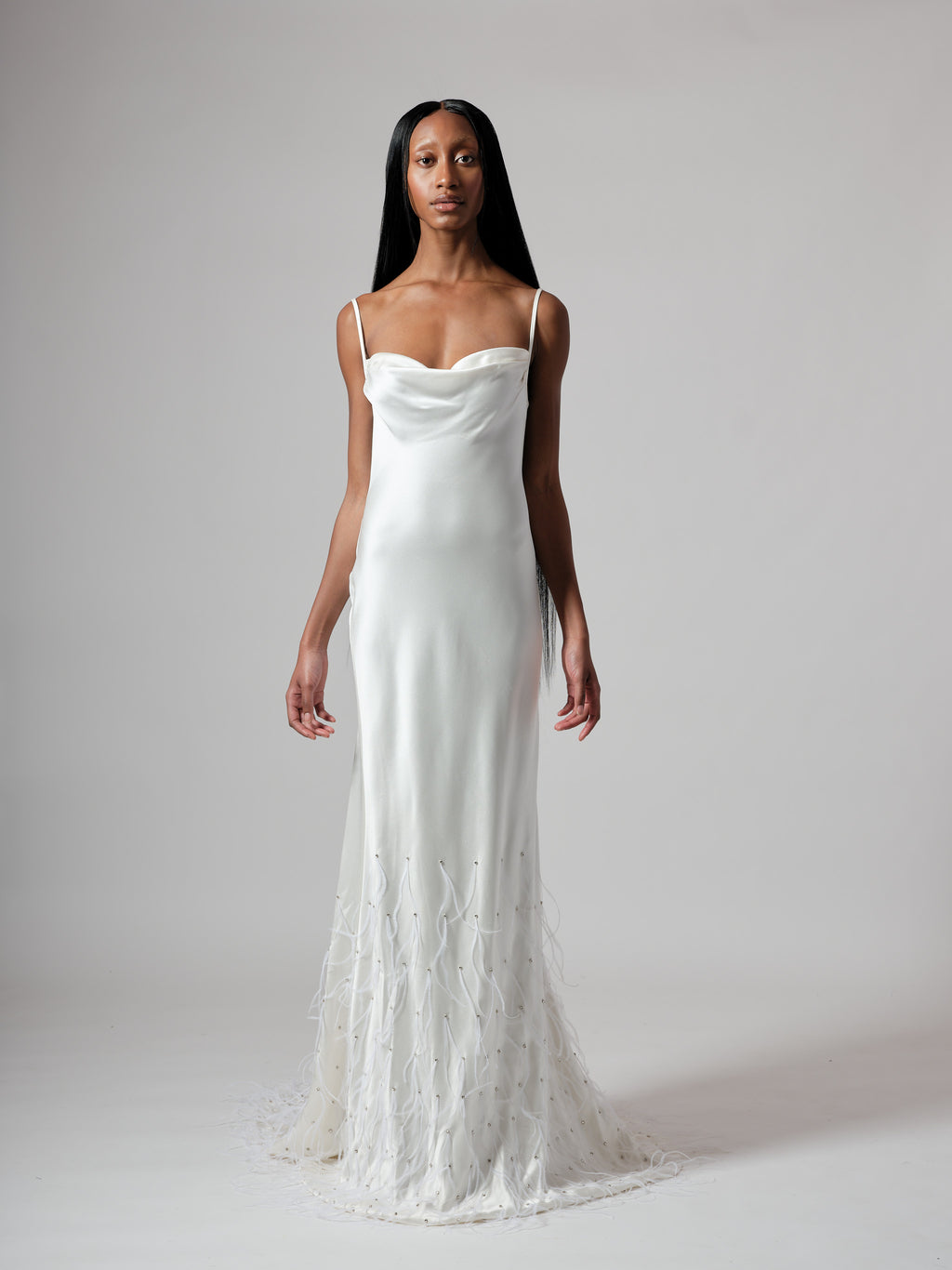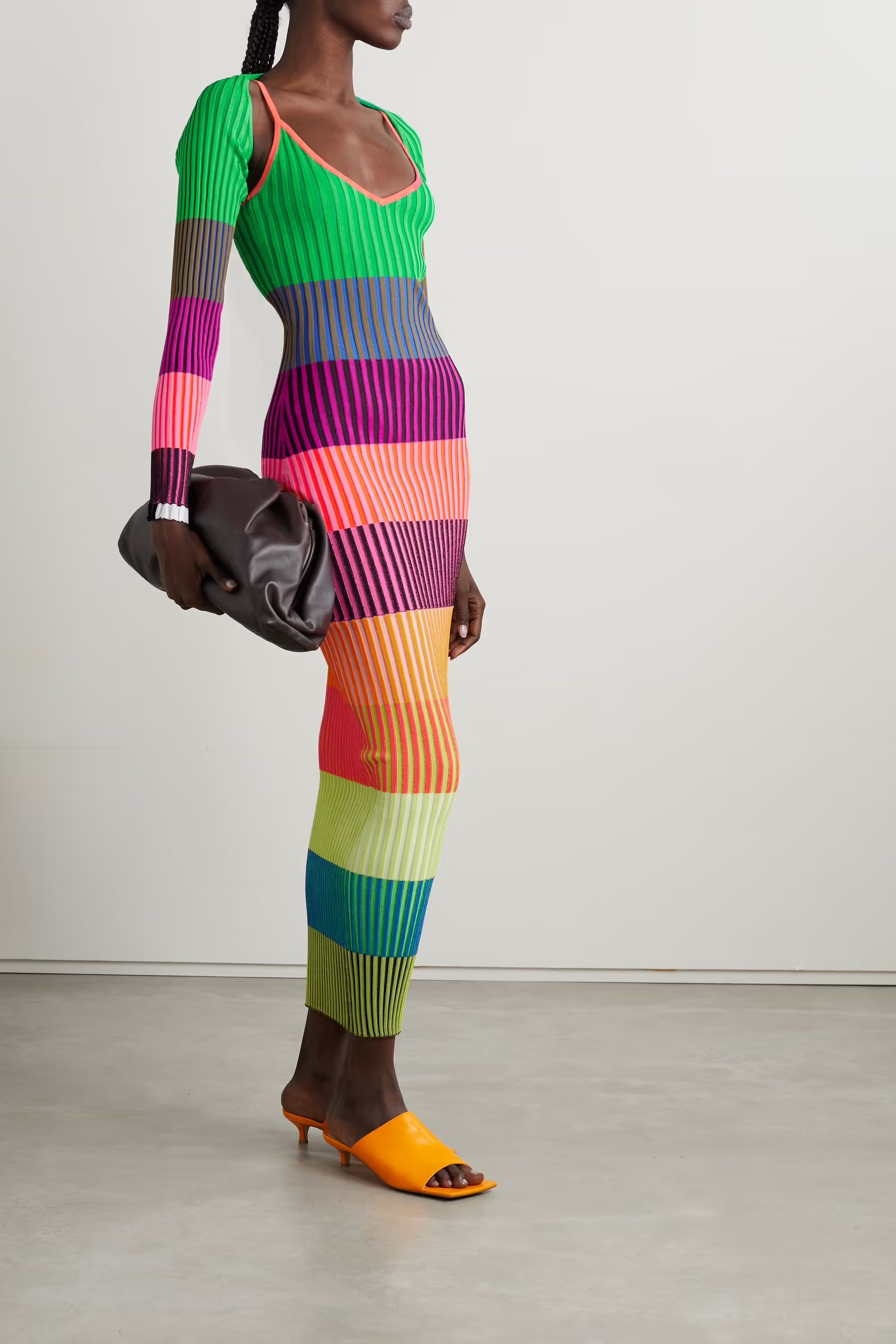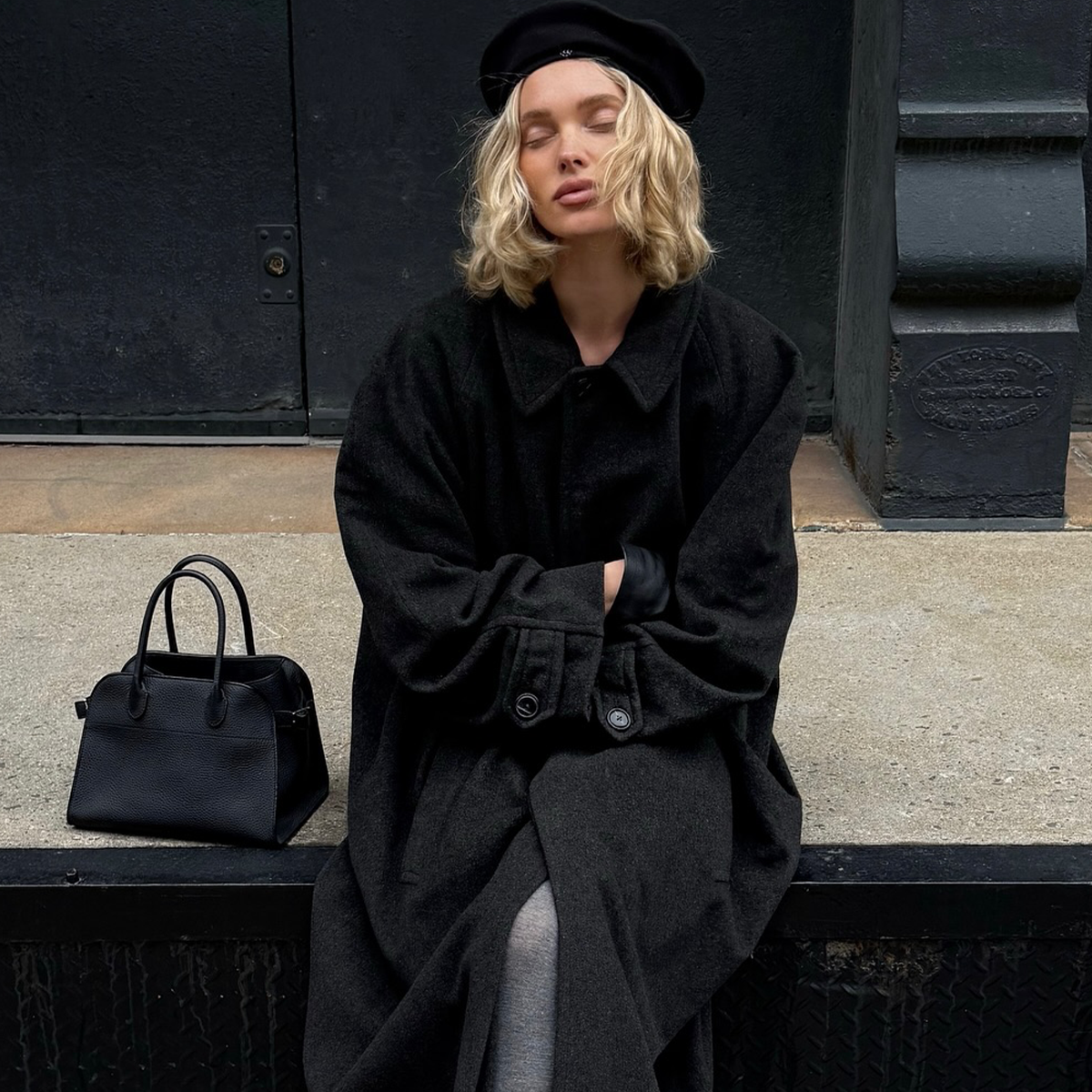Aurora James: Fashion Designer, Thought Leader, Activist, and New Author
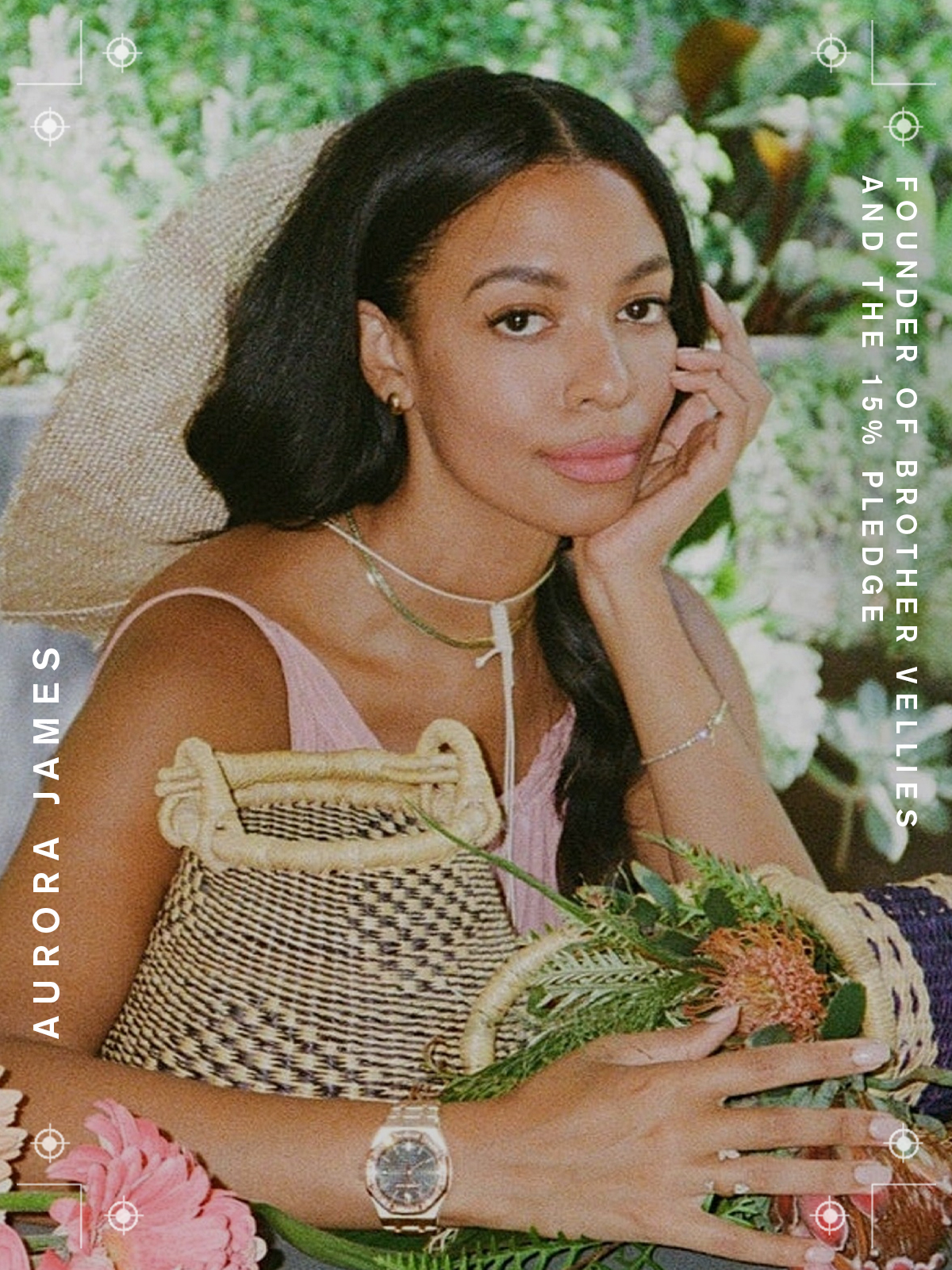
Welcome to our podcast, Who What Wear With Hillary Kerr. Think of it as your direct line to the designers, stylists, beauty experts, editors, and tastemakers who are shaping the fashion-and-beauty world. Subscribe to Who What Wear With Hillary Kerr on Apple Podcasts and Spotify.
Aurora James can officially add "author" to her résumé. But her list of accomplishments is already beyond impressive. She's the founder and creative director of luxury accessory brand Brother Vellies and the founder of Fifteen Percent Pledge, a nonprofit advocacy organization working to make the global economy a more equitable place for historically excluded groups.
James is now making her literary debut with Wildflower: A Memoir and is ready to share her story with the world. "I don't think that you can understand how a girl from Mississauga, Ontario, Canada, feels compelled to go onto Instagram, post something, make a nonprofit, and do all of these things unless you understand the backstory and the things that have happened in my life," James says.
In the latest episode of Who What Wear With Hillary Kerr, James shares her writing process, the brands everyone should know, and more. For excerpts from their conversation, scroll below, and tune in to hear it all.
How does it feel to be so close to having this incredible book, Wildflower, out in the world? Tell me a little bit about the writing process. The ups, the downs. What you expected and what you didn't expect.
I thought it was going to be fast, and I thought we were really just going to focus on the [Fifteen Percent] Pledge and the idea of launching this racial justice organization and how we can all use our voices and use our platforms.
In the same way that the idea of the Fifteen Percent Pledge seems easy for people [to understand], it's like, "Okay, 15 percent of your shelf space goes into black-owned businesses. Got it? [You're] buying more black product. Period." It's not that simple. You have to start digging into the, "Well, why was it so much lower before? Where are these businesses? How do my consumers feel?" That really paralleled my process with this book because I don't think that you can understand how a girl from Mississauga, Ontario, Canada, feels compelled to go onto Instagram, post something, make a nonprofit, and do all of these things unless you understand the backstory and the things that have happened in my life, and the way I chose to metabolize those things.
Bad things happen to all of us. Full stop. I think it's about our metabolic process that can allow it to either be the wind beneath our wings or the wind that's holding us back.
You talk about the history of your parents and a lot about your mother. You talk about the 15 Percent Pledge. I'm wondering how you thought about the flow as you went along and if it changed at all as you wrote.
Yeah, it changed a lot. In the beginning, it started out with the Pledge. It started out in the present day, and then I wanted to go back to my childhood. But then I realized I was feeling like I had to start with the Pledge to make it relevant at all.
When I started writing about my childhood, I realized this isn't just my childhood. It's so many of our childhoods, actually. I don't need the KPIs that have netted out in my adulthood to validate my childhood experience and the complexities that were there.
I think for me, the anger needed to be understood, as well, because I've had these moments where I've been really angry—and I'm not an angry person. But it was super valid. I was so angry at my mom for years, and I was so angry at society for feeling like they were just writing off women. Even with fashion. It's like, "Oh, what are these girls doing over there with their polka dots or whatever." It's kind of like f-you.
We have real businesses. We're doing real things. We have a big impact on the economy. We have a big community amongst each other. We can actually affect change and do something. You don't have to be this man sitting here telling us what we can or can't do, how you want us to be, or how we need to be submissive to you.
I just can't hold anger for very long. I have to find a way to channel it. The book hopefully pinpoints out to people some of the ways in which I chose to channel my anger and let it go. Carrying this baggage around with you is a heavy load. You've got to stop and open it sometimes. I'm not saying you have to abandon all the luggage—because I truly don't believe that's possible—but if we're carrying something, we have the right to know what we are carrying, and some of it we may want to leave behind at different points to lighten the load for ourselves.
There have been so many brands and designers that I have learned from you or that have pinged on my consciousness in a different way. In terms of looking at the fashion industry, are there any designers or trends you're really loving now or names we all should know?
I'm working this week with someone named Kenneth Nicholson, who went through the [Council of Fashion Designers of America] CFDA/Vogue Fashion Fund. He's really, really talented. We're working on a dress together right now, which I'm really excited about.
In the bridal space, there's a brand called Wiederhoeft, and they used to work for Thom Browne. I'm obsessed with that brand. It's so cool.
I mean, Christopher John Rogers, of course. I always love [his work]. Everyone is obsessed. All the color-blocking, the stripes.
Color is such a big part of what can pick us up in the middle of the day, and fashion is such a powerful tool. It also changes just so much about how we feel.
I write a lot in the book about my own experiences with my body, how I feel about myself, and all of that. I think the fashion industry plays a big role in that. Whether we want to acknowledge it or not, it clearly does. It does so much in terms of telling women what is valued these days—and telling men, by the way. That all is very dangerous, too. So what kind of responsibility do we as designers hold? That's where it gets complicated.
This interview has been edited and condensed for clarity.
Next, check out our previous episode with the founders of With Jéan.
-
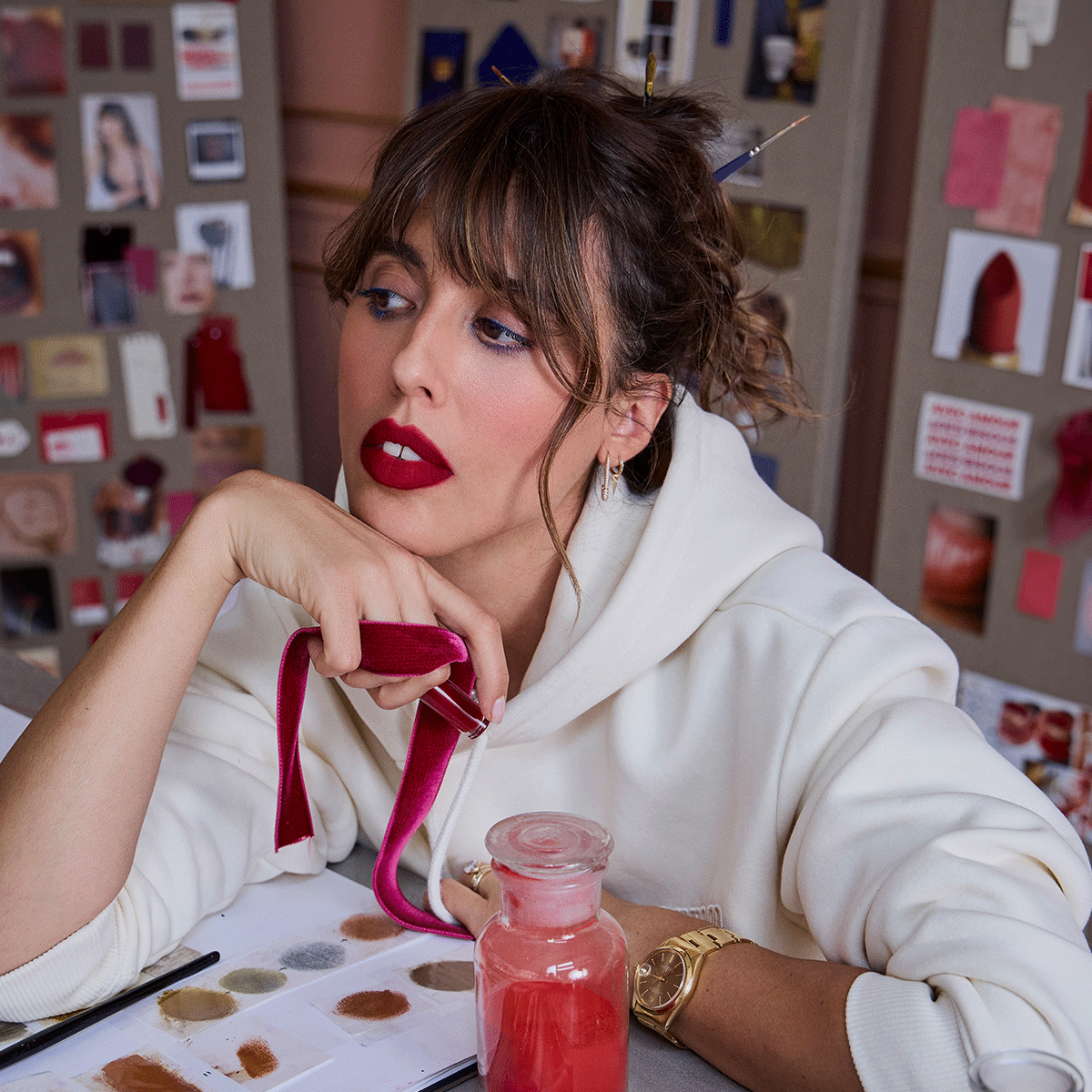 Founder Violette Serrat on How Violette_FR Went From Having a Cult Following to Launching in Sephora
Founder Violette Serrat on How Violette_FR Went From Having a Cult Following to Launching in SephoraSchool is in session.
By Madeline Hill
-
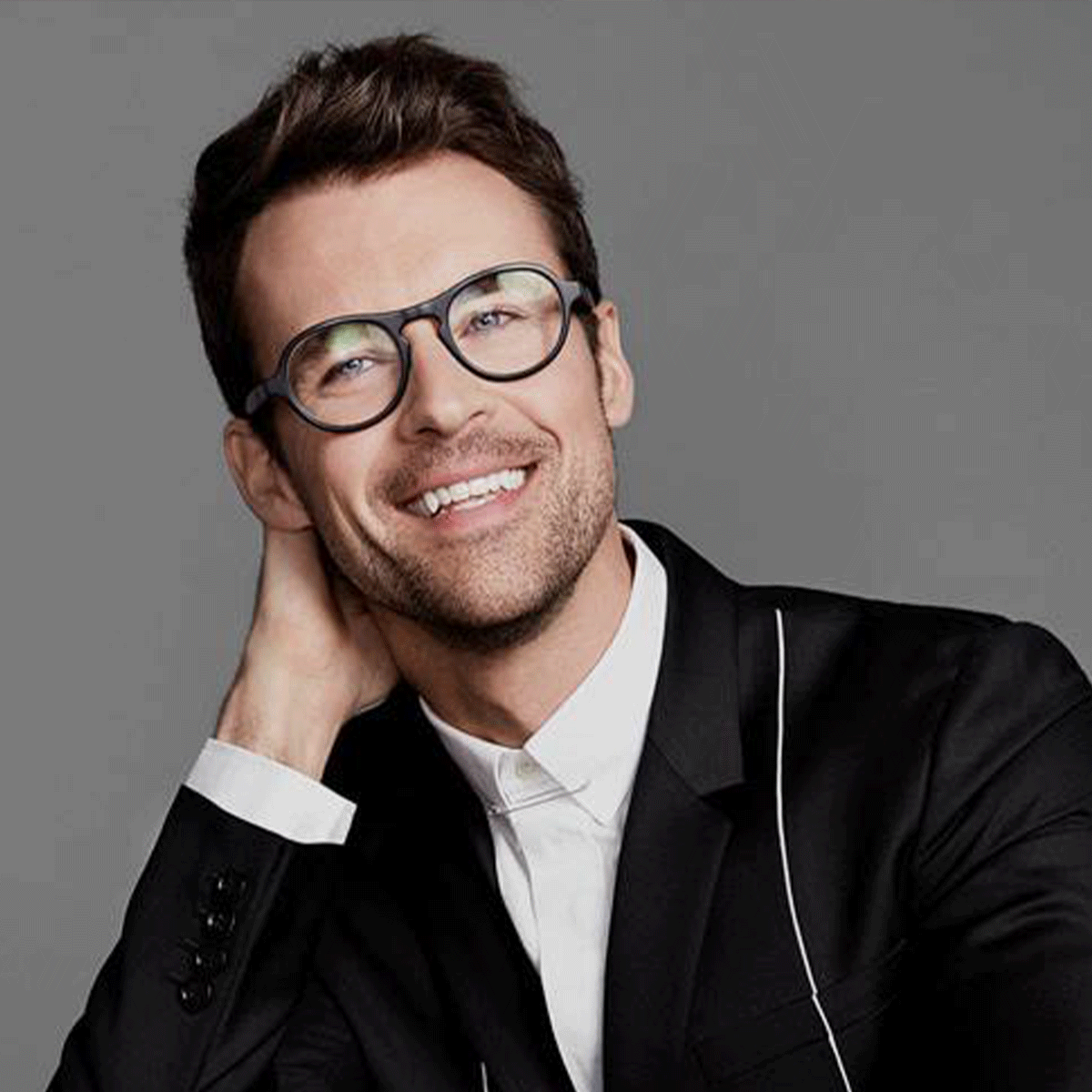 Stylist Brad Goreski on His Whirlwind Year of Red Carpet Looks for Demi Moore
Stylist Brad Goreski on His Whirlwind Year of Red Carpet Looks for Demi MoorePlus, how he brought body horror to the red carpet.
By Claire Schmidt
-
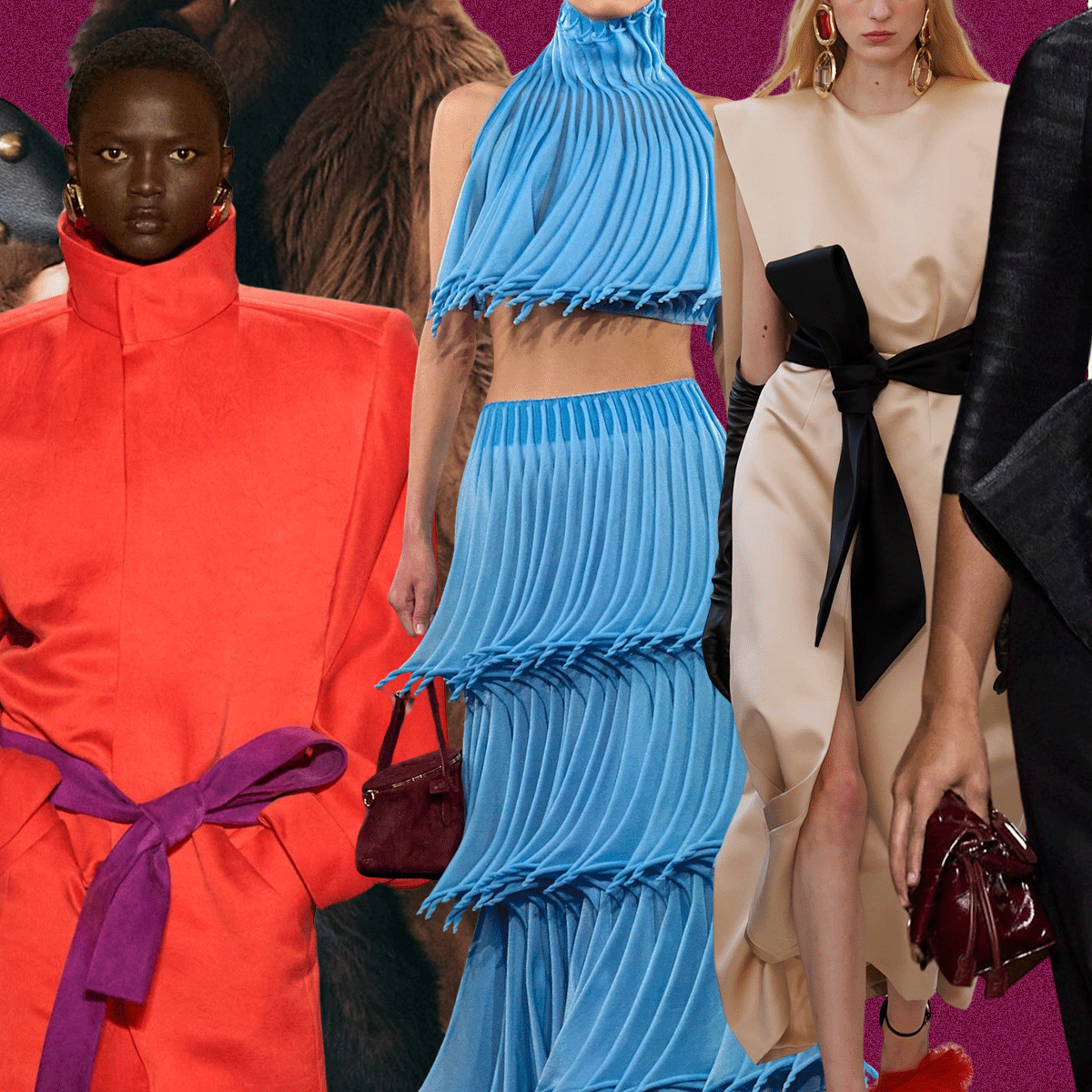 The Top Trends From Fashion Month, According to Our Editors
The Top Trends From Fashion Month, According to Our EditorsThere's a lot to keep track of.
By Madeline Hill
-
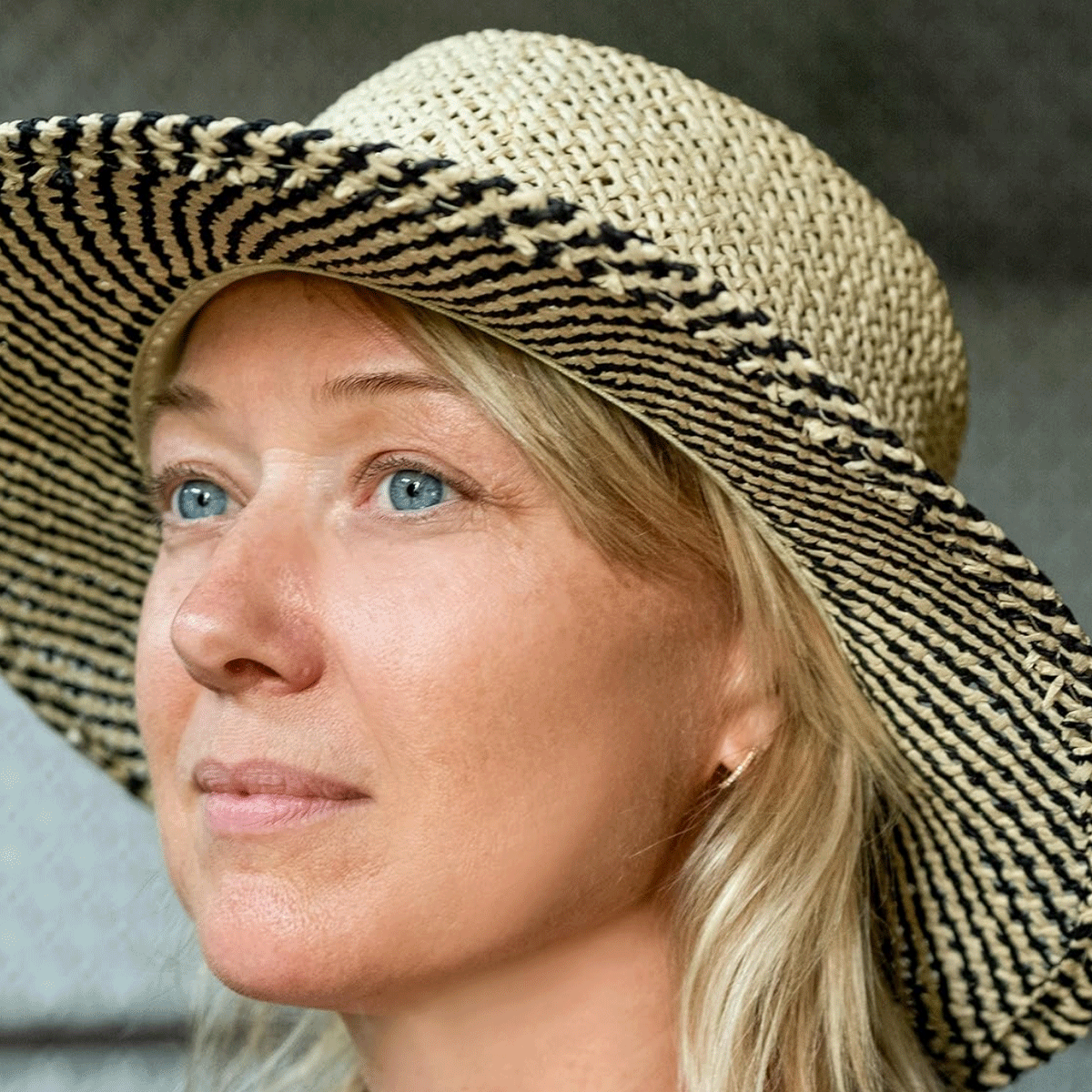 The White Lotus Costume Designer Shares How She Puts Together Those Iconic Looks
The White Lotus Costume Designer Shares How She Puts Together Those Iconic LooksPlus, how she got her start in entertainment.
By Madeline Hill
-
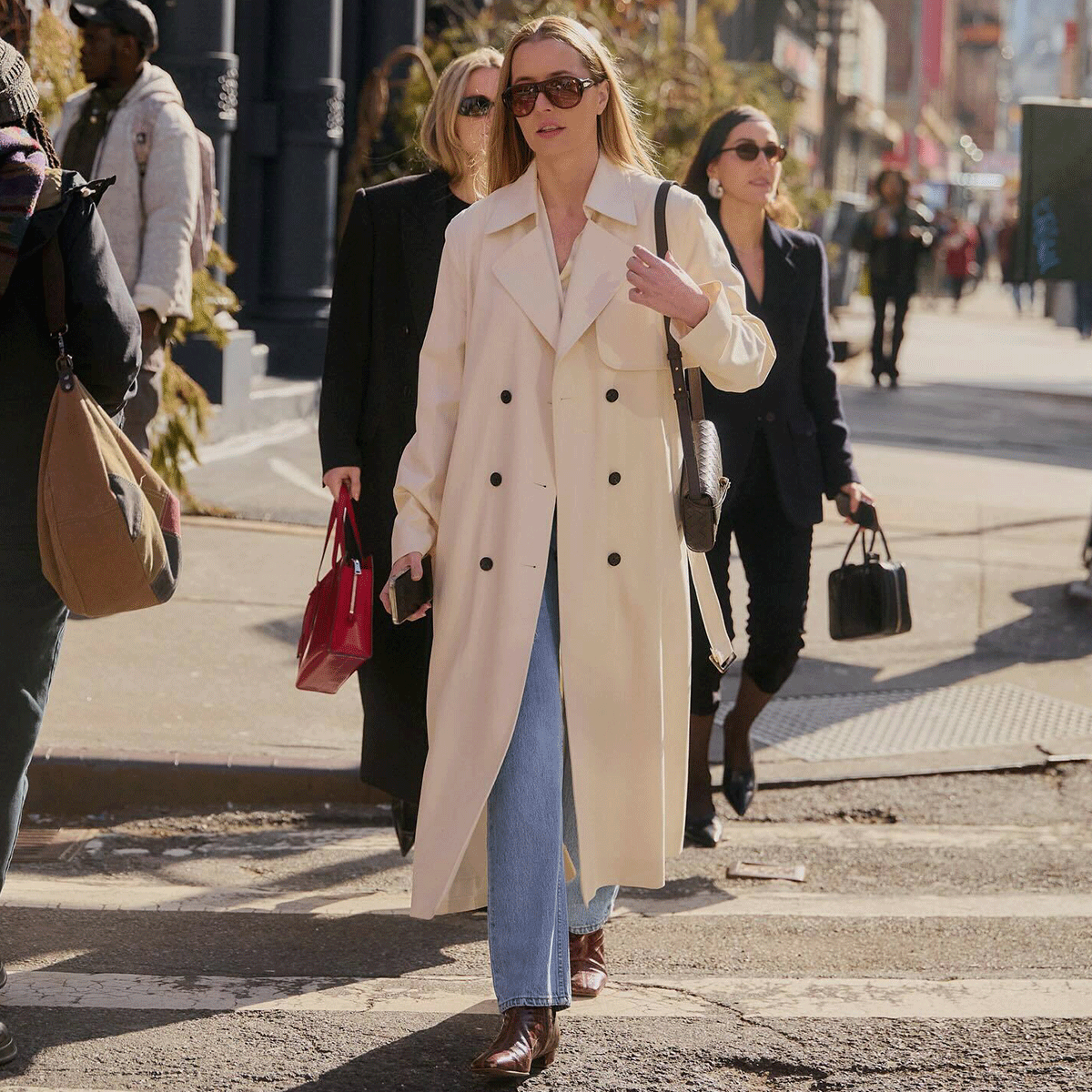 Our Editor Shares Her 2025 Spring Fashion Predictions
Our Editor Shares Her 2025 Spring Fashion PredictionsPlus, the items you can incorporate into your rotation.
By Madeline Hill
-
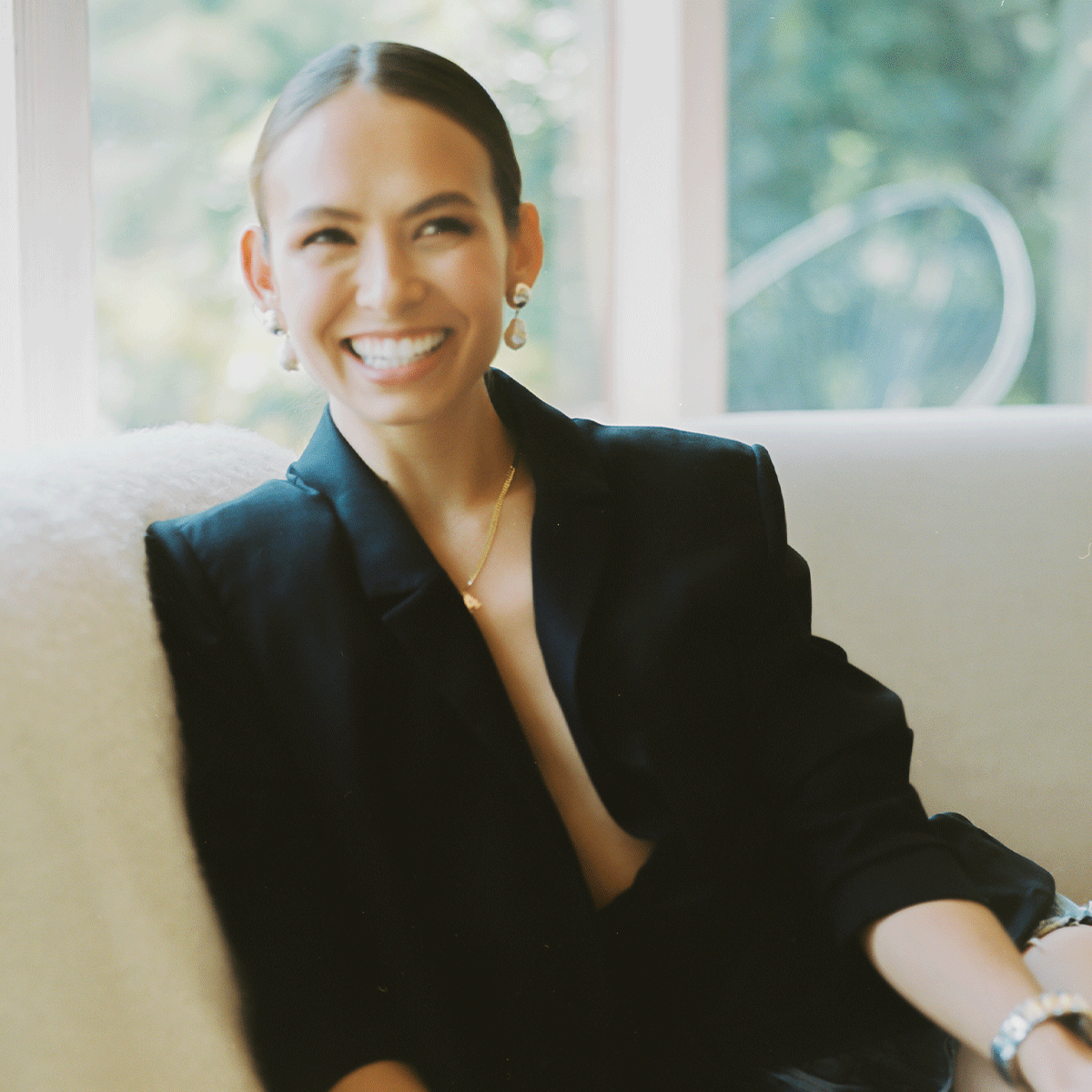 Why Sporty & Rich Founder Emily Oberg Is Launching a Sexual Wellness Line
Why Sporty & Rich Founder Emily Oberg Is Launching a Sexual Wellness LineIt's time for something new.
By Madeline Hill
-
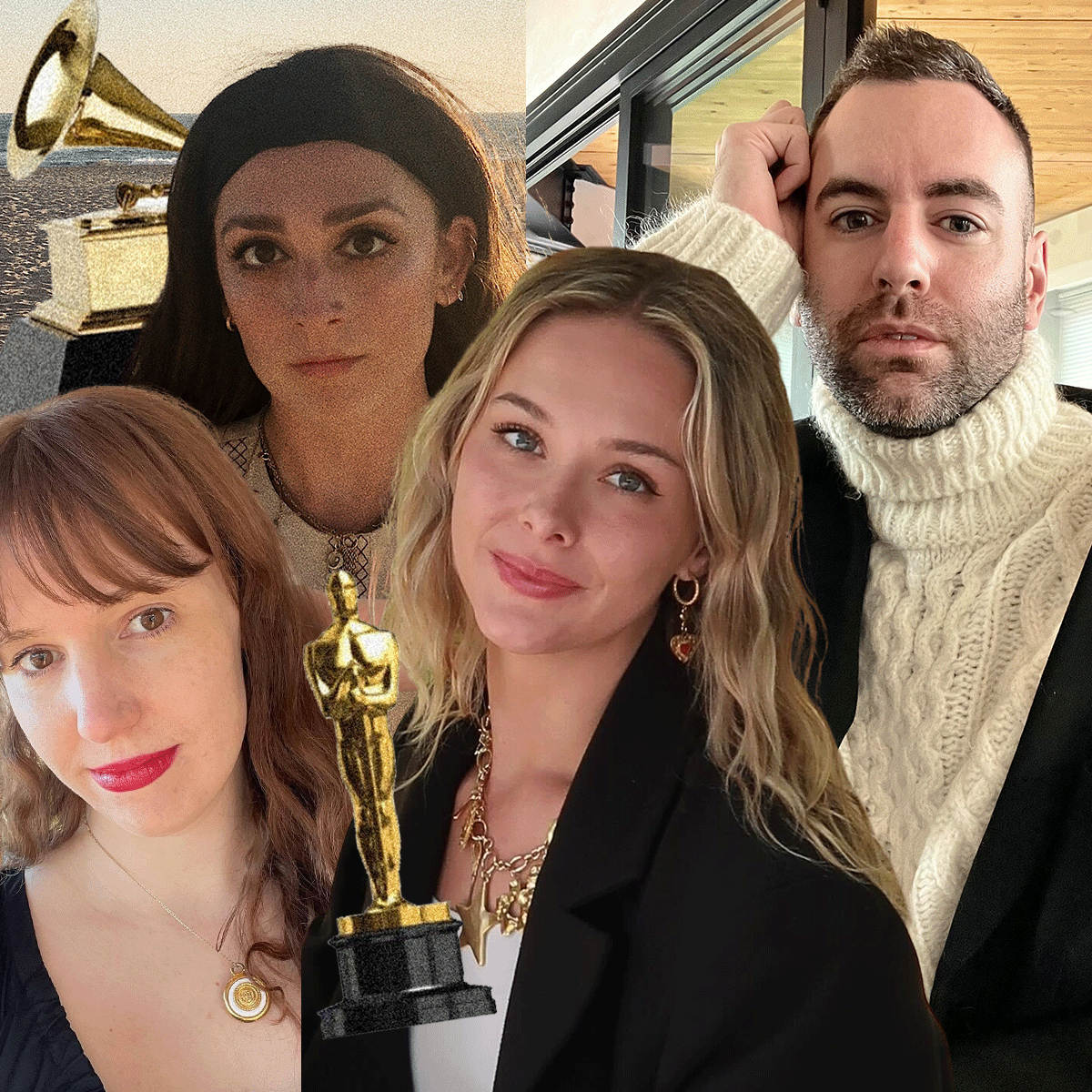 An Award-Season Debrief With Our Editors, From Trends to Top Looks
An Award-Season Debrief With Our Editors, From Trends to Top LooksPlus, we discuss the stylists who've been at the top of their game all season long.
By Claire Schmidt
-
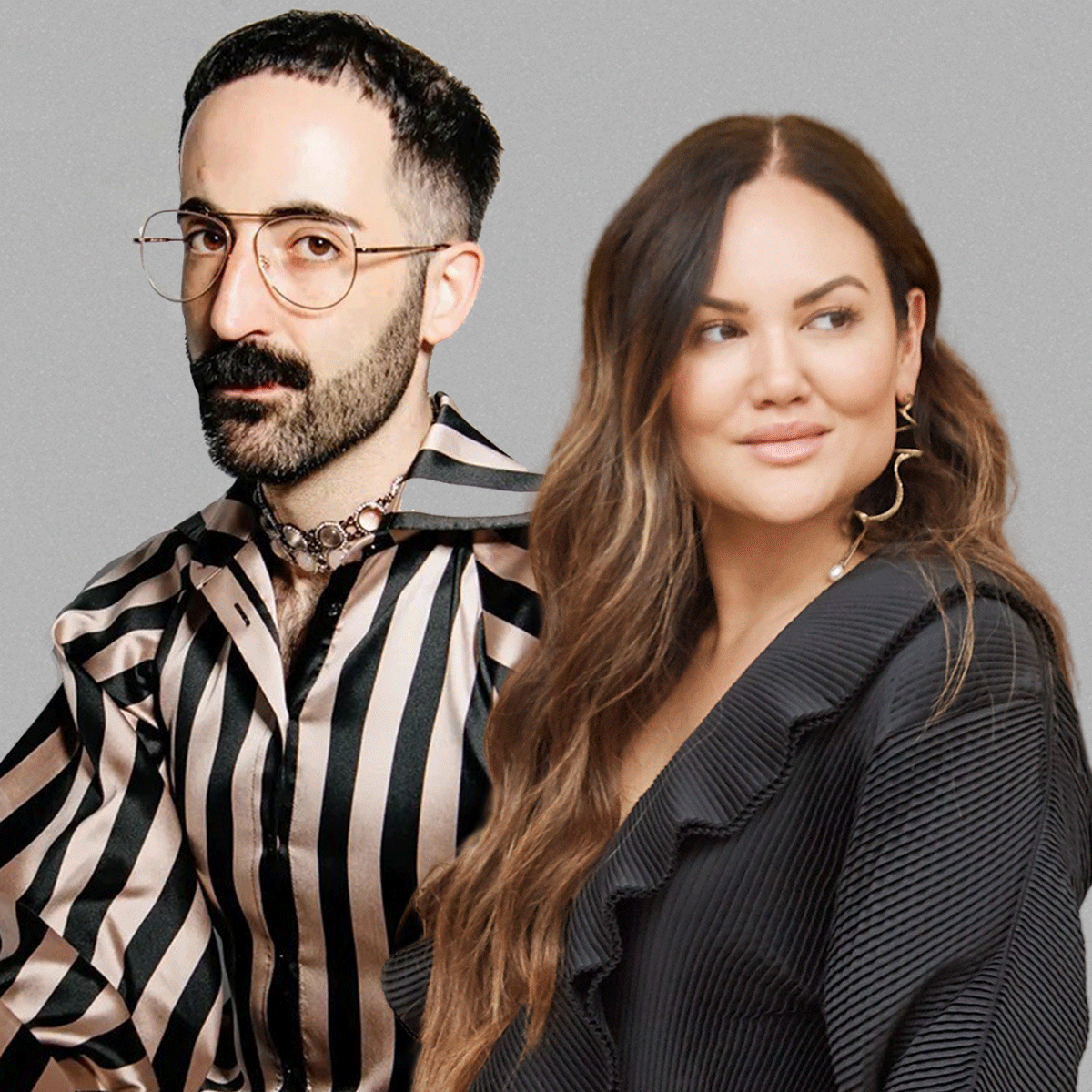 2025 Bridal Predictions From the Minds Behind Wiederhoeft and LOHO Bride
2025 Bridal Predictions From the Minds Behind Wiederhoeft and LOHO BrideMaximalism is in.
By Madeline Hill
